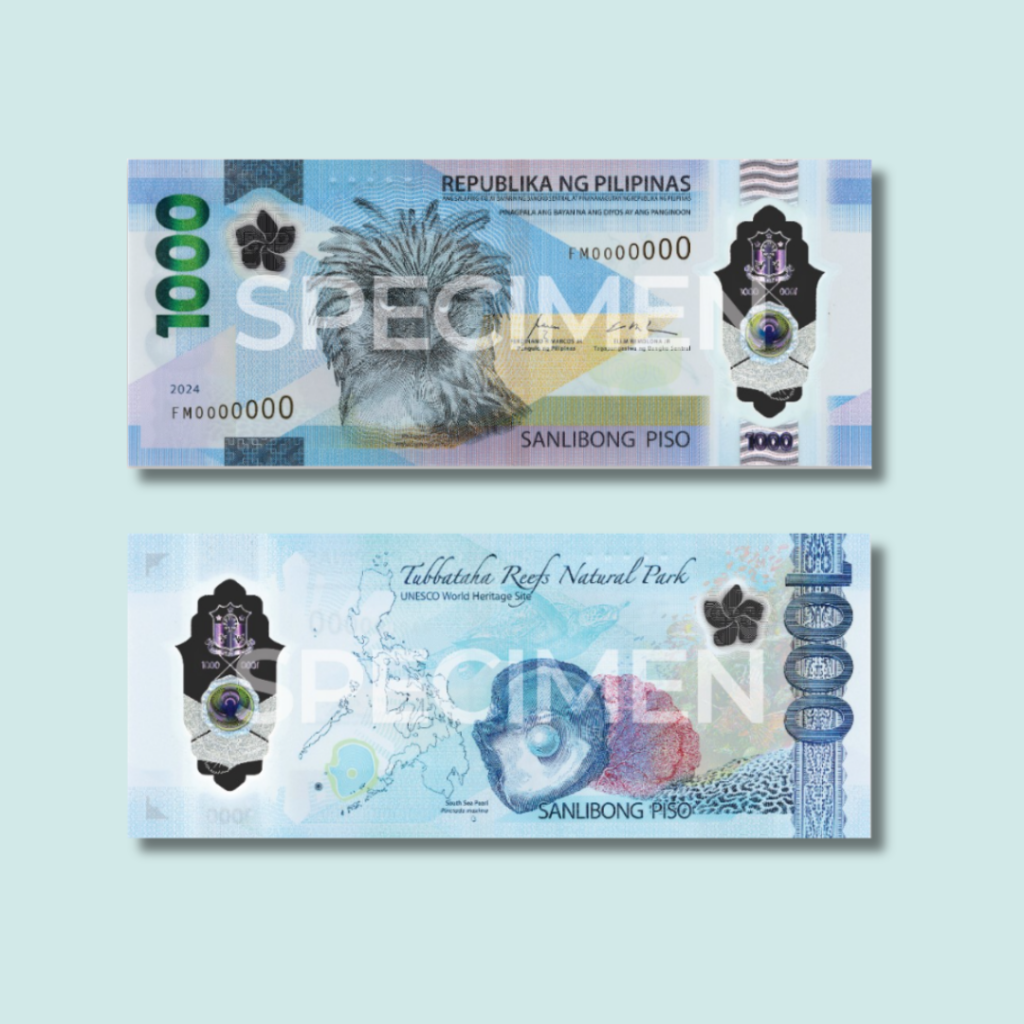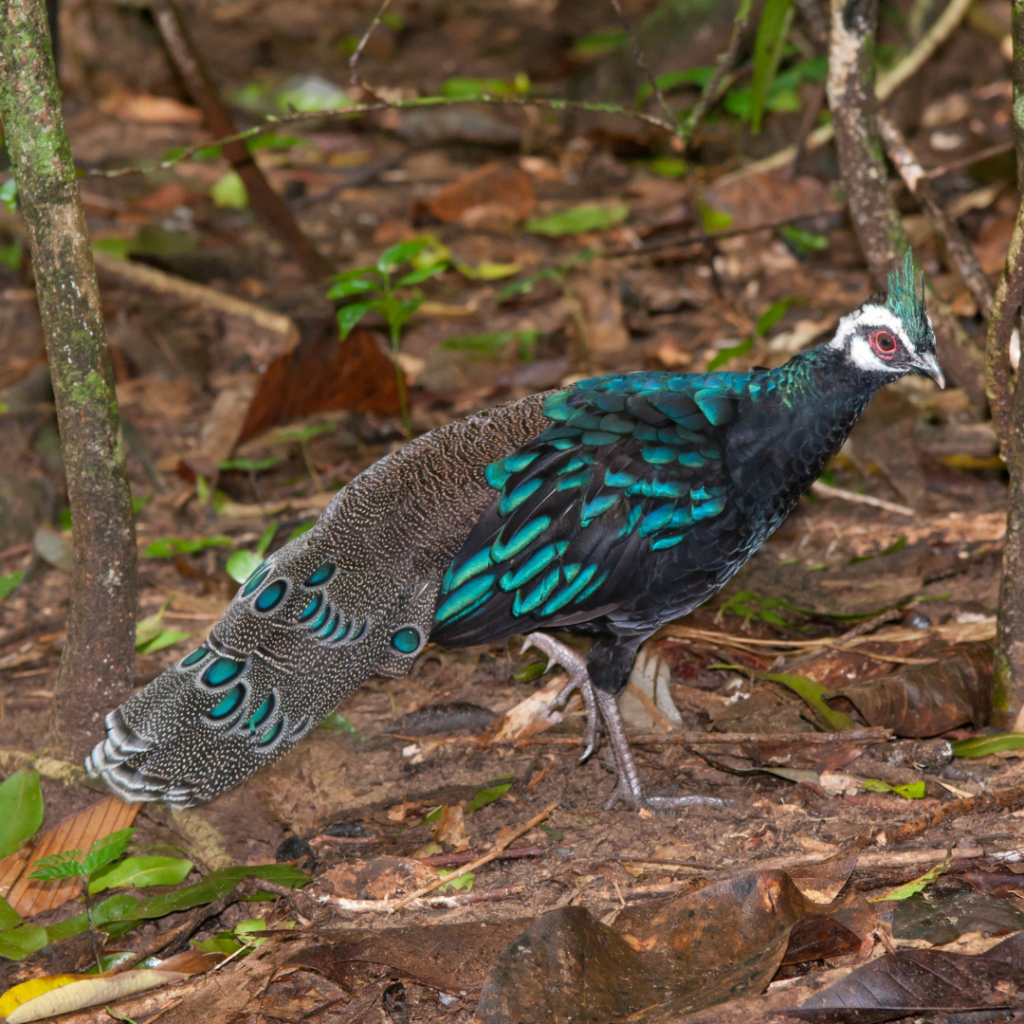“The greatness of the nation can judged by the way its animals are treated,” – Mahatma Gandhi

Yes, it’s true! The new banknotes have been unveiled and shown to the President. The series showcases the cultural biodiversity of the Philippines as it features endangered animals and plants in the country. But who are these animals? Have you heard about them and their origins? In this article, we will learn more about these animals and what are the most interesting facts about them. Because knowledge is what? Fundamental. Here are the list of extinct animals indigenous to the Philippines:
Philippine Eagle

The Philippine eagle was named the national bird of the Philippines in 1995 and it is one of the rarest birds in the world, with an estimated population of fewer than 500 individuals. The Philippine eagle was the official mascot for the Southeast Asian games competition in 2005. It can only be found in four of the northern and eastern regions of the country even though the Philippines consist of 7,000 islands.

The Philippine eagle may spend time along forest edges and has been observed in areas where the forest has been logged. This species is a true forest raptor and relies on pristine primary forest in which to hunt, build its nest, and raise its young. The habitat can be found as low as sea level to around 5,900 feet (1,800m). However, much of this species’ lowland habitat is being destroyed—mainly due to logging and conversion of forest land into agricultural fields. When that happens, the eagles can no longer live there.
Visayan Spotted Deer

The Visayan Spotted Deer is a small, short-legged deer with a crouched build and it is easily recognized for its namesake spots. The overall coat color is a very dark brown and sometimes has reddish highlights, but the sides are covered with a smattering of white or buff spots. These spots are largest over the hips and grow smaller and fainter towards the shoulders. The undersides and inside surfaces of the legs are white as its short tail. The head of the Visayan spotted deer is pointed, usually paler than the body although the forehead and muzzle are usually dark.

Visayan spotted deer are usually active at night when they emerge from the forest to feed in clearings. They are very shy and retreat to dense forest when they are disturbed. Males will roar to challenge rival males and attract females; this sounds like the bark of a dog when heard from far away. Not much is known about the life cycle of Visayan spotted deers in the birth but births would have been recorded in March, May, June, and July. The species can be found in the island of Panay and Negros of the Western Visayan chain in the Philippines.
Blue-Naped Parrot

The blue-naped parrot, also known locally as pikoy, is a parrot native throughout the Philippines and the Talaud Islands of Indonesia. It is threatened by habitat loss and trapping for the pet trade. It is illegal to hunt, capture, or possess them under Philippine Law RA 9147. This is a medium size parrot, around 31 cm in length, primarily green except for a light blue rear crown and nape, pale blue lower back and rump, scalloped shoulders with orange-brown on black converts, and blackish underwings with green underwing coverts.
The International Union for Conservative of Nature has assessed this bird as near threatened with the population continuing to decrease. It estimates that there are 1,500 to 7,000 mature individuals left. It has been extripated across most of its range in Negros and Siquijor. Habitat loss and trapping have made this species scarce on islands except Mindoro and Palawan. The Katala Foundation has raised concerns over the increasing illegal trade of this bird on Palawan. It occurs in a few protected areas like Bataan National Park, Quezon Protected Landscape and Puerto Princesa Subterranean River National Park but while protected on paper, protection is lax and deforestation and trapping continue within those areas.
Palawan Peacock-Pheasant

The Palawan peacock-pheasant, locally known as the “tandikan” is among the eight species of peacock-pheasants in the world. It was long known as Polyplectron emphanum, but the older name P. Napoleonis takes priority. The male peacock-pheasants are much more colorful and attractive than their female counterparts. In fact, males of this species are considered to be the most handsome among all the peacock-pheasants. Tandikans can adapt and breed well in captivity where it is known that they can live up to fifteen years.

In courtship, the male carries a small piece of food in his beak and drops it upon seeing his potential mate. If the female accepts his offering, he positions himself laterally in such a way that would best display his iridescent plumage and decorated tail feathers. He hisses while strutting in circles around the female and if she’s impressed, she copulates with him. If it so happens that another male enters the picture, the two males may fight using their legs spurs as weapons.
Visayan Leopard Cat

The Visayan leopard cat is a Sunda leopard cat population and it has been listed as vulnerable on the IUCN red list in 2008 as its range is estimated to be less than 20,000 and the population was thought to be decreasing. The fur of the Visayan leopard cat is dark ochre to buffy lawn and dark spots. Its skull is a little narrower than that of Sumatran leopard cat and Bornean leopard cat.

Visayan leopard cats are found in the Philippine islands of Negros, Cebu, and Panay. They live in tropical forests and in Cebu, these wild cats have also been recorded in sugarcane farms. Visayan leopard cats are probably locally extinct or close to extinction on the islands of Masbate. Leopard cats are solitary animals and spend time with each other during breeding season or taking care of their young.
Native Maliputo Fish

Maliputo is a freshwater fish that is found in Taal lake and it is also called the giant trevally. The fish can weigh up to three kilos and there are two types of Maliputo fishes; Maliputo loob and Maliputo labas. Maliputo has a steep and blunt head, strong fins, and silver-to-black color. They have firm flesh and delectable fish. It’s an oval shape compressed with the dorsal body being more convex than the ventral part.
Maliputo is a highly prized and popular indigenous fish in Taal lake, particularly in the Pansipit River. Maliputo is catadromous, meaning it breeds and spawns in estuarine water and goes upstream to seek out freshwater to grow into adulthood. At the dawn of the American colonial era, the latter was considered the most important fish among those caught in the corrals both along the Pansipit lake and Taal lake.



Comments are closed.